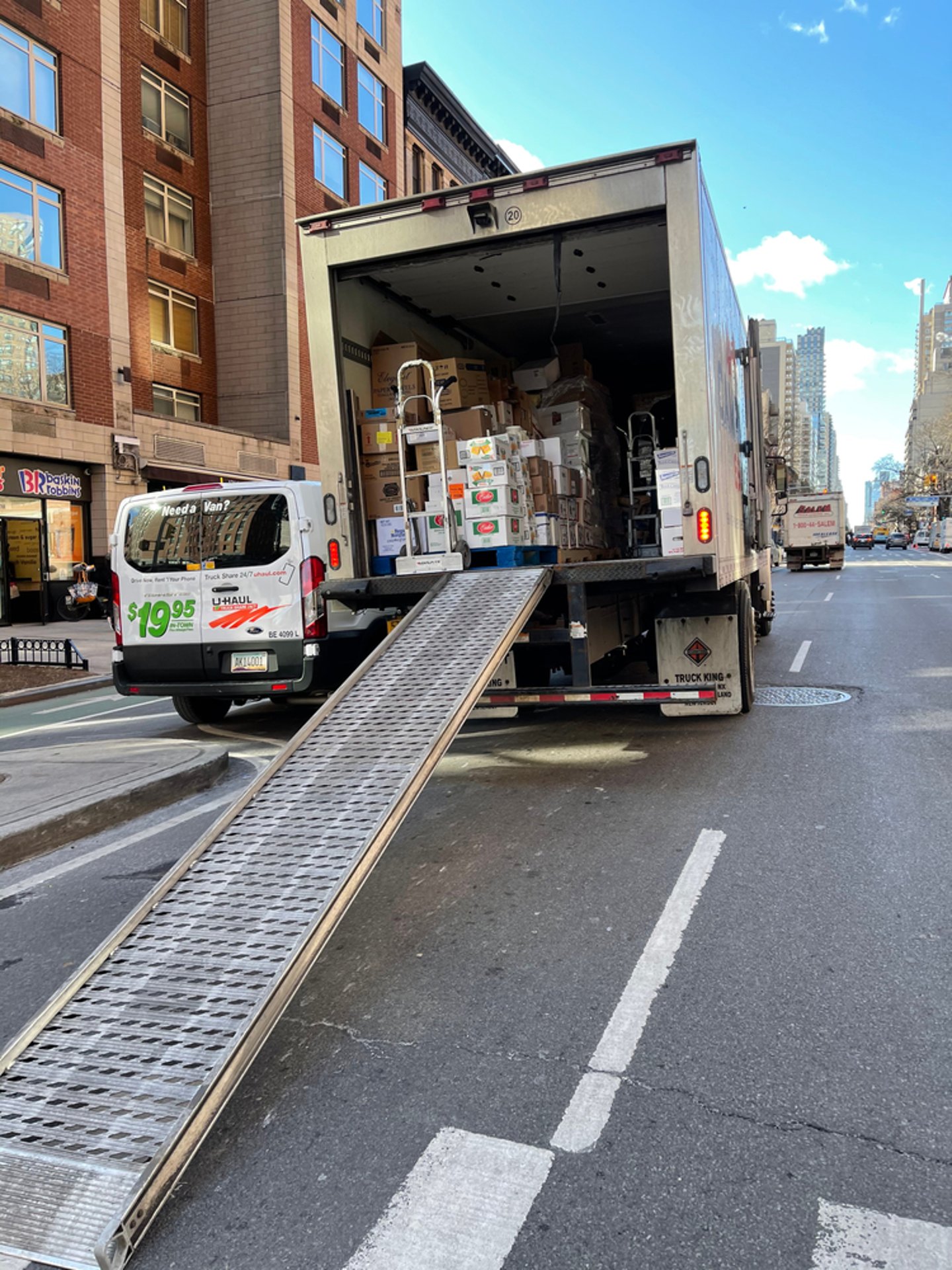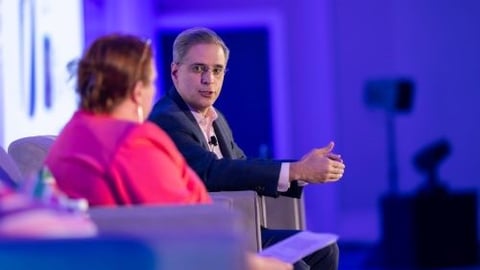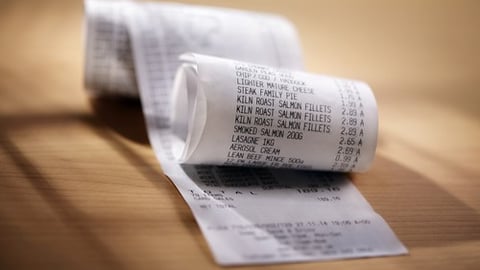Will NYC Congestion Toll Take a Bite Out of Big Apple Businesses?
Congestion pricing is officially happening in New York City. After a Jan. 5 plan implementation, drivers who commute through the city now must pay fees to enter the designated “Congestion Relief Zone” during peak daytime hours: small, single-unit truck drivers have to shell out $14.40 per trip, while large semi truck drivers are charged $21.60 and car drivers are levied $9.
Despite a last-minute legal effort by the state of New Jersey to stop the charge, the tolls are affecting those who make deliveries to businesses, including grocery stores, in the zone. Seth Gottlieb, SVP of logistics at Baldor Specialty Foods, spoke with CBS News in New York about the initial impact of the program that was designed to improve sustainability and traffic but poses higher costs for retailers, foodservice operators and other businesses already facing a tough macroeconomic climate. “We do what we can to get to our customers overnight. They need their food when they need it, so it’s something we’ll have to take in terms of a cost hit. But operationally, we’re not going to see much change coming out of this,” he told the news outlet, adding that the cost impact is a different matter. “We expect everyone inside the congestion pricing zone to incur additional costs on everything.”
[RELATED: New Grocery-Related Laws Take Effect Jan. 1]
In December, Progressive Grocer spoke with Margaret Magnarelli, VP marketing and communications at Baldor Specialty Foods, about the company’s efforts to organize a coalition of 100-plus food distributors, trade groups, wholesale markets, food banks, restaurants and other foods to push for an exemption. “The reality is that 99% of the food served and sold in New York City comes from outside the congestion zone – and it can’t come in by subway or bus. So retailers will experience the impact of congestion pricing directly (on their own trucks) or indirectly (in cascading food pricing),” she explained at the time.
This week, PG talked with Burt P. Flickinger III, managing director of New York City-based Strategic Resource Group (SRG) about the tolls. His firm recently worked on a study commissioned by the National Football League on the fallout from the pricing changes. “The irony of the whole thing is that it is a politically created problem that politicians are trying to make businesses and people pay for,” he said, citing traffic lane layouts that have contributed to street congestion.
“It is going to be commercially crushing for commerce, including retail. Some of the food companies have trucks with drivers who go in and out of the zone 12 to 20 times a day,” Flickinger continued, adding that consumers are likely to be caught up in the ripple effect, too. “A lot of people come in to go to Broadway shows, sports and other events. Now, people on fixed, limited or lower to middle incomes are economically boxed out beyond the four boroughs. Even before the toll went into effect, 70% were living paycheck to paycheck.”
Janno Lieber, chair and CEO of the Metropolitan Transportation Authority in New York City, said in a Jan. 1 press conference that the program will have certain growing pains. “This is a toll system that has never been tried before in terms of complexity. We don’t expect New Yorkers to overnight change their behavior. Everybody’s going to have to adjust to this,” Lieber declared.






